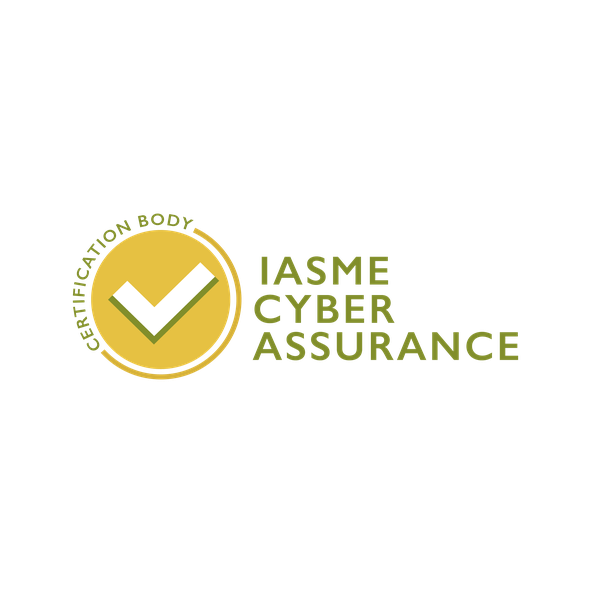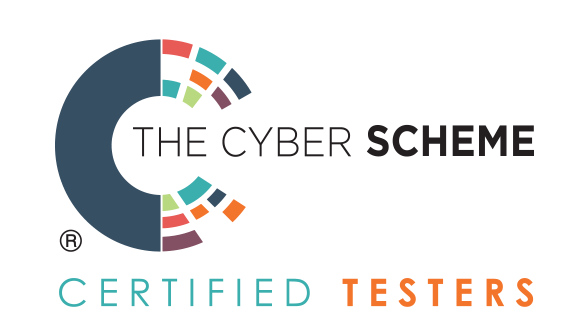What is Mobile Application Penetration Testing?
Mobile Application Penetration Testing is a key component in the security assurance process for mobile applications and digital assets. It ensures adherence to both internal and external standards, thereby reducing vulnerabilities to cyber threats. This type of testing ensures that users can only perform actions that are intended in the mobile app and that strong security measures are in place to protect users, especially from attackers seeking to exploit compromised accounts. The testing process involves identifying vulnerabilities that attackers, whether authenticated or unauthenticated, could use to:
- Gain unauthorized access to sensitive information.
- Conduct harmful activities within the mobile application.
- Compromise the security of other users of the app.
- Illicitly escalate their privileges within the mobile application.
- Threaten the infrastructure underlying the mobile application.
Suitable for all kinds of mobile applications, whether designed for internal use or for the public, Mobile Application Penetration Testing is designed to uncover vulnerabilities that could impact the confidentiality, integrity, or availability of the app and the data it processes.













